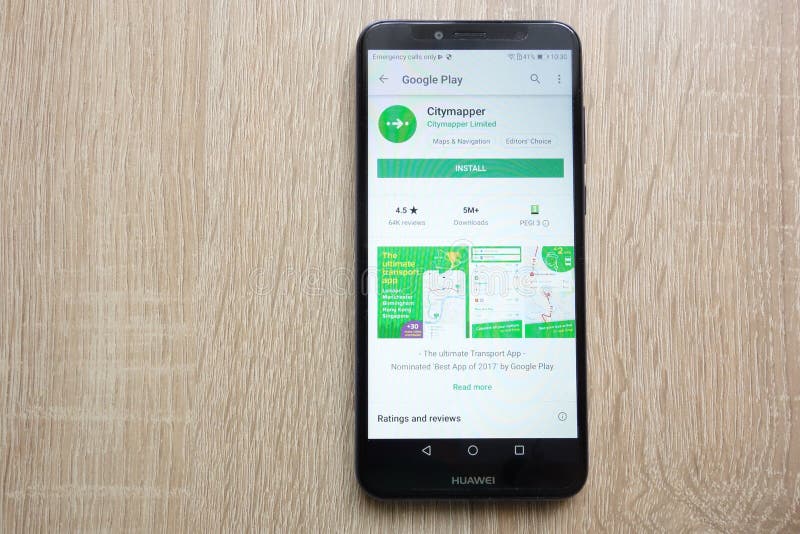


The app's interface is especially great for visual learners as different transit types are color-coded and easy to identify from a list of route suggestions. Upon launching Transit, nearby public transportation options are displayed onscreen, with corresponding trip durations. Transit-another popular and free transit app that's also highly rated and given the Editor's Choice award on the App Store-is another great alternative to a user's default map app. Users who need directions to a specific location can simply put in a destination name, set preferences for routes and transit types, and specify desired departure or arrival times to get relevant suggested routes, complete with fare costs. Experienced commuters can view nearby stations and search for a specific bus, train, or other public transit lines by name or type. Moovit-a popular option for Android with over a million downloads on Google Play-is another free transit app worth considering if a second opinion on public transit routes is needed. Citymapper also has a useful alert feature that lets the commuter know when their stop is approaching and when it's time to get off. Travelers can also input a destination and a planned time of departure or arrival and be given a list of commute routes, with a combination of different modes of transit, and respective trip durations. Upon launch, the Citymapper app automatically detects the user's location and lets them select from various transportation options-such as cabs, trains, buses, and even lesser-known options like streetcars, e-scooters, and ferries-to see what's available nearby. It's completely free to use and has an attractive and user-friendly interface. Out of the many transit apps available for both Android and iOS, Citymapper seems to be the best option to try first, as it's highly rated at 4.8 stars with over 10 million downloads on Google Play and 4.9 stars (as well as an Editor's Choice award) on Apple's App Store. Related: What Is The Trippie App And Is It Worth Using? For that reason, it's important to use and consult other transit apps to increase the chances for a punctual arrival at any destination. However, in some cases, and depending on where the user is located, recommendations may not always be the best. Not only does it provide route information for those who drive their own transportation, but it also has options that show cycling and public transit routes. As one of the highly used navigation apps, Google Maps provides a pretty thorough representation of traffic situations in most places in the country (and the world).


 0 kommentar(er)
0 kommentar(er)
